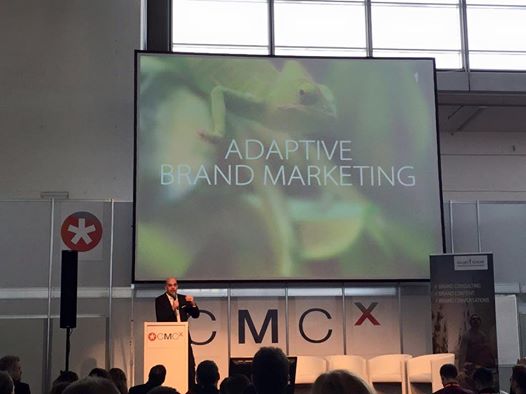
What exactly is ‘quality’ in content marketing? (Part 1)
After my keynote at CMCX16, Europe’s top content marketing convention, several participants approached me on one of my speech’s key themes—quality. But how can content quality be assessed objectively?
To find out, let’s take a look at the term from two perspectives: the strategic and the operative. What is the content’s aim, and how is it achieved?
Content has strategical quality when it…
- is aligned with the company’s aims, i.e. to tap into a new market
- fully addresses the target audience’s needs
- reflects the brand’s key features and is recognizable enough to highlight what makes the business unique
There is of course room for interpretation—not all of these hallmarks of quality can be judged objectively. Although I can loosely determine whether content accurately conveys an enterprise’s aims, it is difficult to prove this empirically—even in the age of smart data.
Where scope is concerned, it’s another story. In fact, you can quite clearly gauge whether content has reached its target audience by analyzing organic traffic, viral circulation, and mentions in traditional media.
The third point is at least partly measurable with social research and brand tracking. This requires a point of comparison from the very beginning of the strategic planning process.
Clearly define criteria in advance
No matter how you evaluate the quality of your own company’s strategic content, one thing is clear: It requires precise criteria for how text, images, videos, graphics, and tweets are selected, developed, produced, and shared. These benchmarks serve as orientation and help establish a common thread throughout the enterprise.
This calls for a significant amount of original content to help your business and brand achieve their aims, reach their audience, and stand out from the crowd. Simply diving headfirst into a new platform (“We’re now on Instagram!”), hoping for the best, and continuing with it regardless of outcome, is a surefire way to throw money down the drain.
That’s why we created a strategy map allowing you to set out your goals and convert them into actionable, easily deployable checklists and processes for content creation. This is the basis for editorial plans, theme proposals, and formats that all pull in the same direction. When the content comes to be being produced, it will have its own distinct concept of quality.
The next instalment will focus on content quality from an operative angle.



